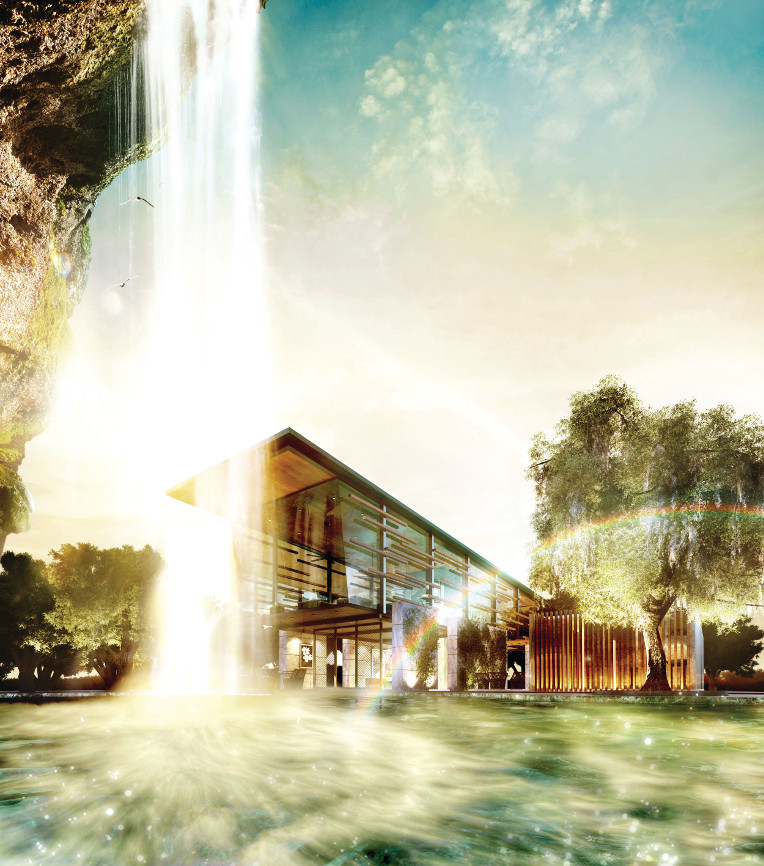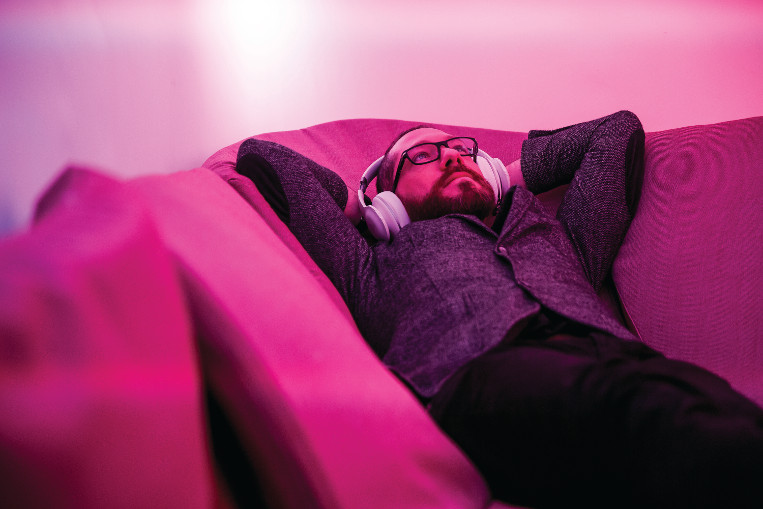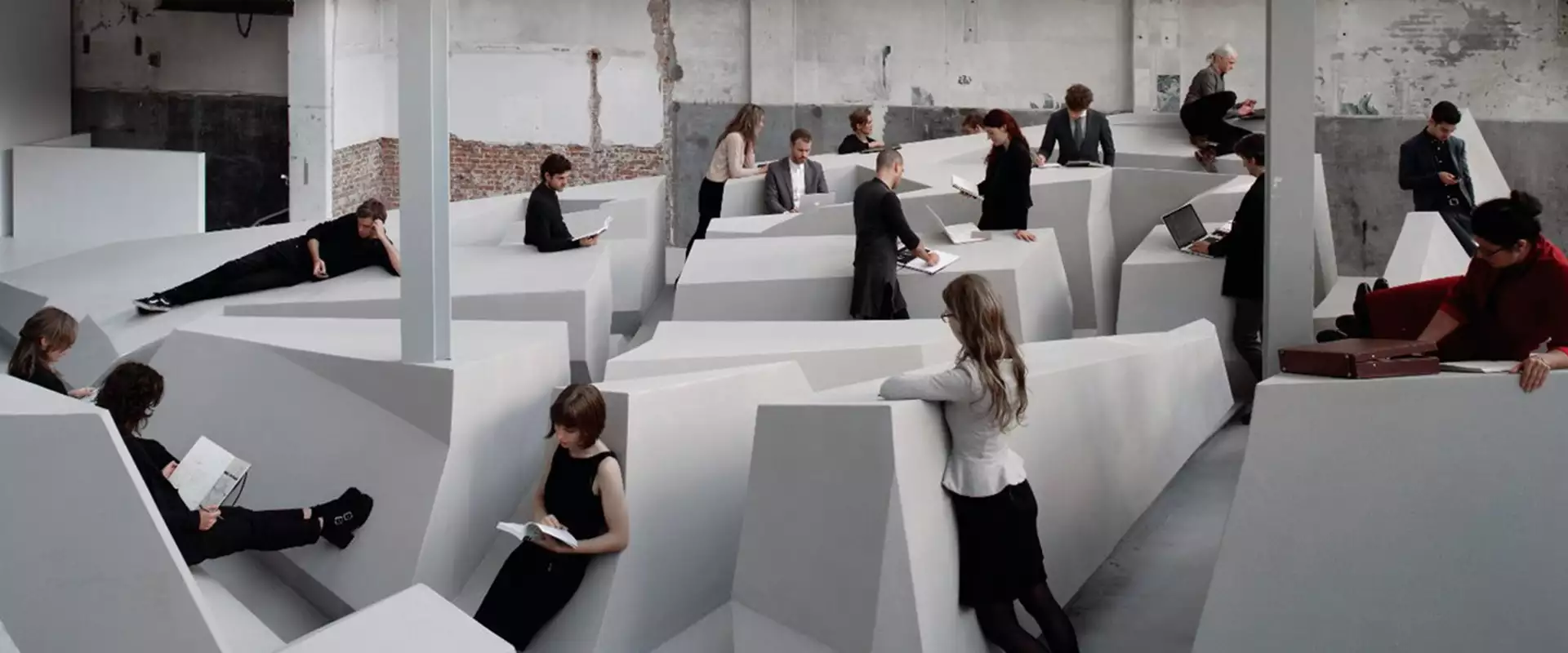In today’s modern workspace environments, rows of clunky computers have given way to co-working areas; in-trays are now inboxes; and we stamp our feet if the Wi-Fi takes more than a few seconds to upload on our digital devices when we wander round the office. Today’s office and studio spaces are wired differently, with an attitude that the space between your walls is as important as the space between your ears.
Flexibility and wellbeing are fast becoming key drivers behind workplace design. The need for spaces that can change over time — expanding and shrinking to support the more entrepreneurial approach favoured by many of today’s most innovative businesses — is paramount. A desire for flexibility is inspiring open-plan spaces that can be easily divided, delineated for different uses and made more private or public.
This is wholly different from a standard open-plan office, with endless rows of identikit desks. Instead, modern office workspace design resembles a cross between an office, a cafe or clubhouse, and someone’s home. Comfortable sofas and relaxation zones blend seamlessly alongside areas with standing desks that are designed for quick meetings. Variable densities of seating encourage different ways of thinking and interacting with fellow staff.

And despite living in a digital age, physical workplaces remain important because people still crave face-to-face interaction, explains Nick Gaskell, an architect at award-winning London studio Hawkins\Brown.
“As designers, we’re used to making physical spaces which maximise opportunities for serendipitous encounters between potential collaborators. These are the events that stimulate new and unexpected ideas and provide an enjoyable, creative environment.”
Private offices are already a rarity, but in five years they’re likely to be gold dust. The lack of private space in increasingly open-plan offices is not without its problems. Stress-related illnesses cost businesses in Europe alone around £17 billion a year, attributed by some to a lack of privacy. Designers and office planners are starting to tackle the problem head on.
Dutch architecture firm UNStudio and social design company Scape recently debuted a series of seclusion pods that can be inserted into different types of office space in an attempt to tackle rising levels of stress among workers. RESET (Responsive Emotional Transformation) pods offer calming experiences to help staff unwind.

A futuristic solution could lie in a more responsive workplace that offers variety and escape for focused work. Meeting rooms might easily switch from boardroom to collaborative working spaces to relaxation areas with the flip of a screen. The press of a button could change not only the lighting, but also the furniture arrangement and more.
How workspaces must cater for all generational cohorts
One of the biggest headaches for HR departments and designers is how different generations view the same workspace. As the age of retirement creeps up and fresh start-ups simultaneously challenge established businesses, we enter a period where the workspace will need to cater to baby boomers, Generation X, Generation Y, aka Millennials, and now Generation Z — the smartphone lot.
Each of these groups has a different idea of what work looks like. Generation Z comprises social media natives with high expectations when it comes to connectivity. Coaxing them away from peer-to-peer chat services and encouraging human-to-human offline interactions is a major challenge.
However, the generation-gap conundrum is exaggerated, according to Jeremy Myerson, Chair of Design at the Royal College of Art’s Helen Hamlyn Centre for Design and one of the world’s leading experts on inclusive design.
“Research suggests that the common needs between generational cohorts at work are far greater than the differences between generations, so intergenerational conflict at work is over-hyped,” Myerson says.
Regardless of age or expectations, everyone wants a healthier workplace, less noise and distraction, more fulfilling work and a better work-life blend or blur.
Big data will soon enhance working life
By 2028, change will be afoot. Property developers like Workspace® will begin to implement new working standards, guided by mass data collated on staff working habits. Trends in flexible working and technology — currently led by creative businesses — will begin to filter through to the rest of the workforce.

Imagine walking into your co-working space and switching your user options from “private” to “visible” at the flick of a switch. Instantly your phone or glasses flash up data sets about your surroundings. Who else is here? Who has visited recently? What are their interests? Is anyone searching for a client or collaborator? Is your favourite armchair free?
This could be seen as an invasive, dystopian vision, but users could control which of their activities are recorded. Gaskell says: “It’s about democratising that information by making it available to all. It’s also a continuation of the meshing of digital and physical worlds already occurring – the people who work out how to properly harness s this trend will truly be onto something.”
Never underestimate the value of personal contact
he constant interaction between the digital and physical layers of the office space is likely to be the primary concern for all office designers of the future, but the basic building blocks and principles of the workspace are unlikely to change all that much. Models of urban or office planning will be broadly similar to what we know today —we will always need horizontal floors for living, vertical walls to separate spaces and exterior enclosures to protect us from outside.
The real change will be the line we draw between our homes, workspace and the city as a space. Anthony Bruce, a partner at PricewaterhouseCoopers, has been carrying out a far-reaching investigation into the future of work for the last few years.
“People will conduct their work across multiple locations, and commuting will be largely unnecessary — flexible working patterns will be the norm and the workforce will be largely crowdsourced,” he predicts.
Imagine no set hours, simply a requirement to complete your work. Bruce believes this vision will become a reality.
“Technology will bring together networks of individuals who operate in an entrepreneurial way, with collaboration [being] the major driver of business performance.”
Despite being able to theoretically work from anywhere in the world, personal interactions will remain key to a successful workforce — and this is something that robots will struggle to contend with.
The one thing AI cannot compete on is creativity. As a result, it’s likely that both workers and management will prefer a designated workspace to come to – perhaps not every day, but regularly.


